Ball vs. FMJ: What’s the Difference?
May 16th, 2024
4 minute read
You’ve probably seen the word “ball” printed on boxes of 5.56 NATO ammo and wondered what it meant, particularly since it looks like FMJ (full metal jacket) ammo. The two terms — “ball ammo” and FMJ ammo — have been used interchangeably for so many years that they seem one-in-the-same, and in a way, they are. But in reality, there is a difference.
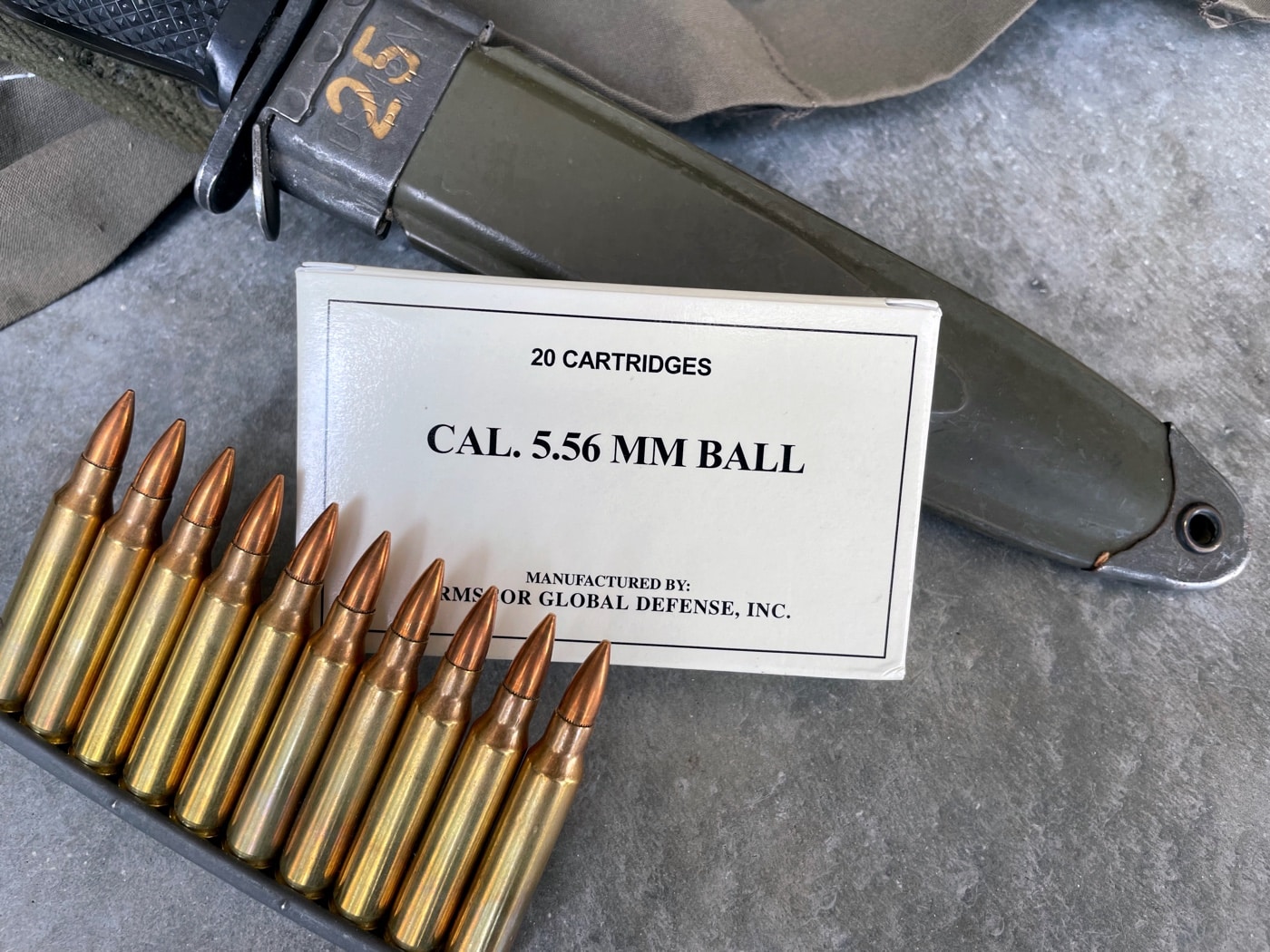
Over the years, the term “ball ammo” evolved into a catch-all term for cartridges loaded with a solid bullet. An FMJ bullet has a solid core often consisting of lead, but also has an outer shell called a jacket typically made of copper. The jacket allows ammunition manufacturers to load the cartridge to higher velocities without the lead mucking up the bore.
Imagine what a pure lead bullet would do if loaded for 5.56x45mm NATO. The heat and energy to generate 3,000 fps velocity would melt a pure lead bullet. As a result, the jacket is designed to protect the bullet core. While technically speaking the difference between ball ammo and FMJ ammo is the jacket, for all intents and purposes, FMJ ammo is ball ammo.
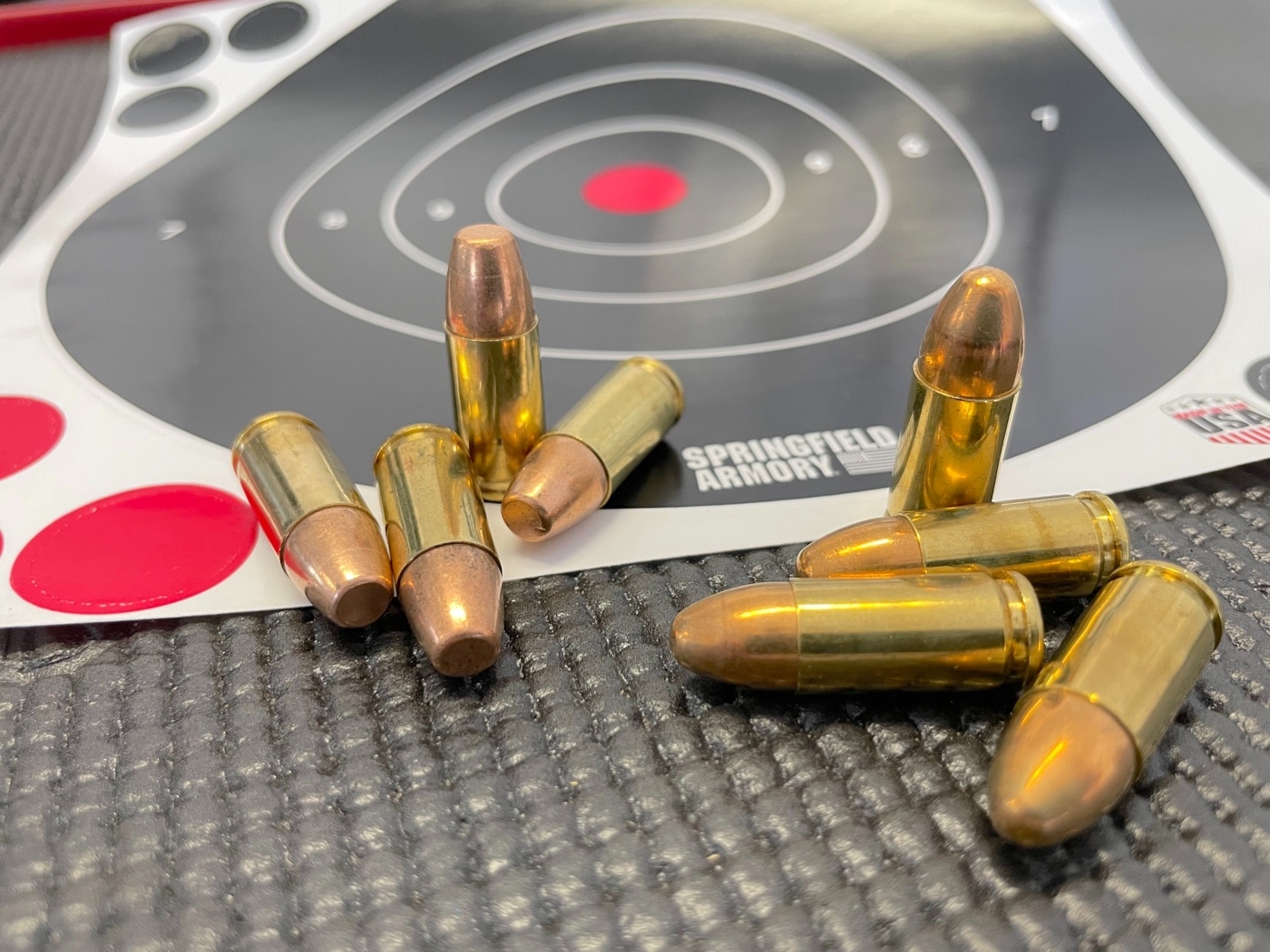
But on the flip side, not all FMJ ammo is ball ammo. Some FMJ ammo can have a hollow tip and a solid core. While the solid core is similar to ball ammo, the hollow tip is not.
Why Do They Call It That?
Let’s start by dusting off your military history book and go to the chapter on the 18th century warfare when muskets were the weapon of choice of the day. There was an involved process to load a musket. You would pour a charge of powder down the barrel and then stuff a patched lead ball down the bore with a ramrod. Ammo back then consisted of loose balls, powder and flint. Think Napoleonic wars and the American Revolution. Those original projectiles were a solid lead ball. Now fast forward to metallic cartridges.
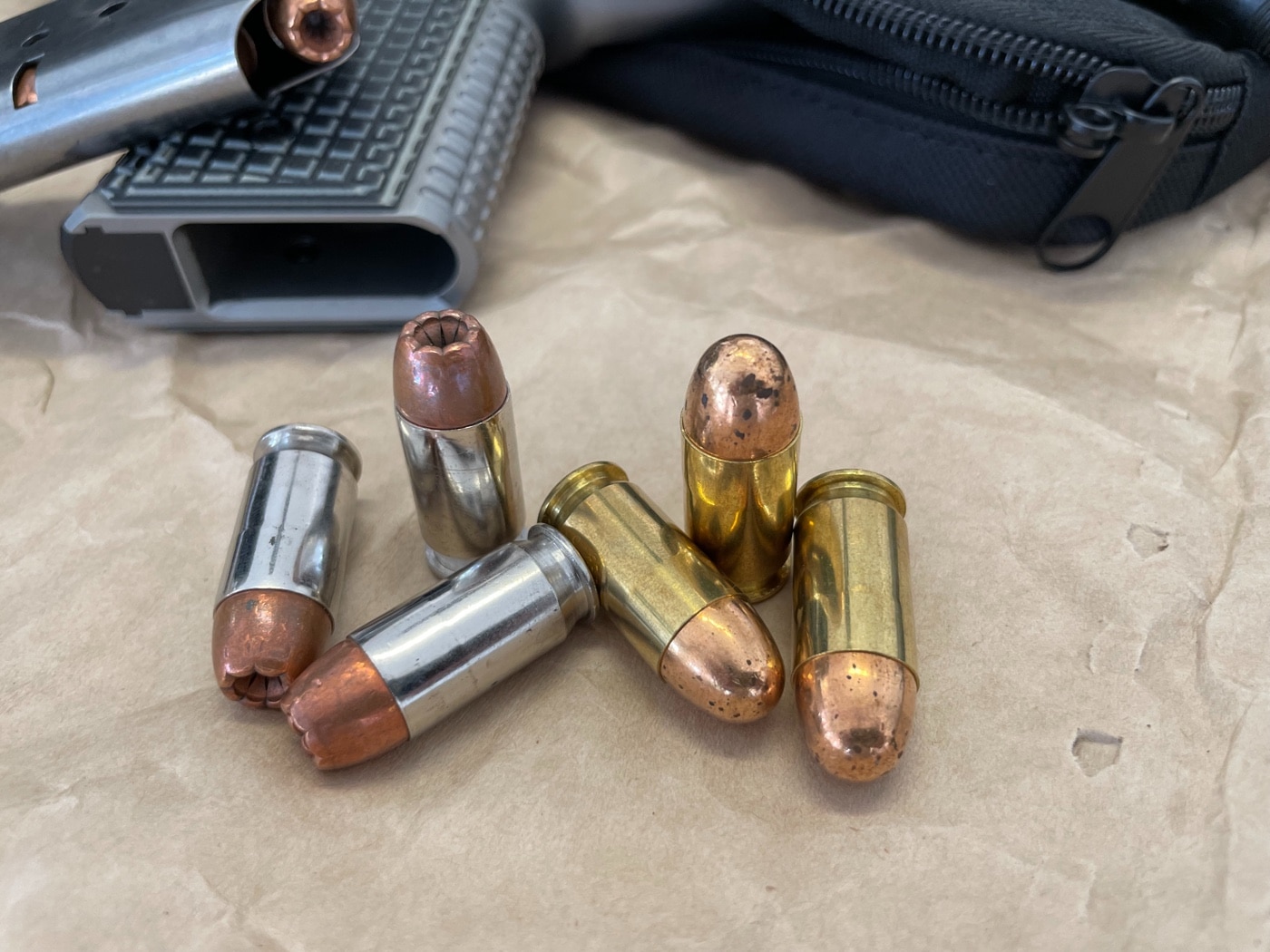
As metallic cartridges came into use, the term “ball ammo” was generally used by militaries around the world to denote any ammunition using solid-core bullets. Even though the projectile took shape and looked less like a ball and more like a bullet with either a flat base, tapered tip and flat or rounded nose, the term ball was still commonly used.
Fast forward to more modern cartridges. The round nose of old-school ball ammo had a purpose. It allowed reliable feeding in semi-automatic and full-auto weapons. For instance, the round nose on .45 Auto ammo ensured more reliable feeding in first-generation 1911 pistols. Try to feed hollow points through an early 1911 and there is a very good chance it will jam. The same is true of 9mm cartridges in old military-pattern pistols. The rounded noses played nicely with the feed ramps of firearms in those days like the P.38 and P-35 pistols.
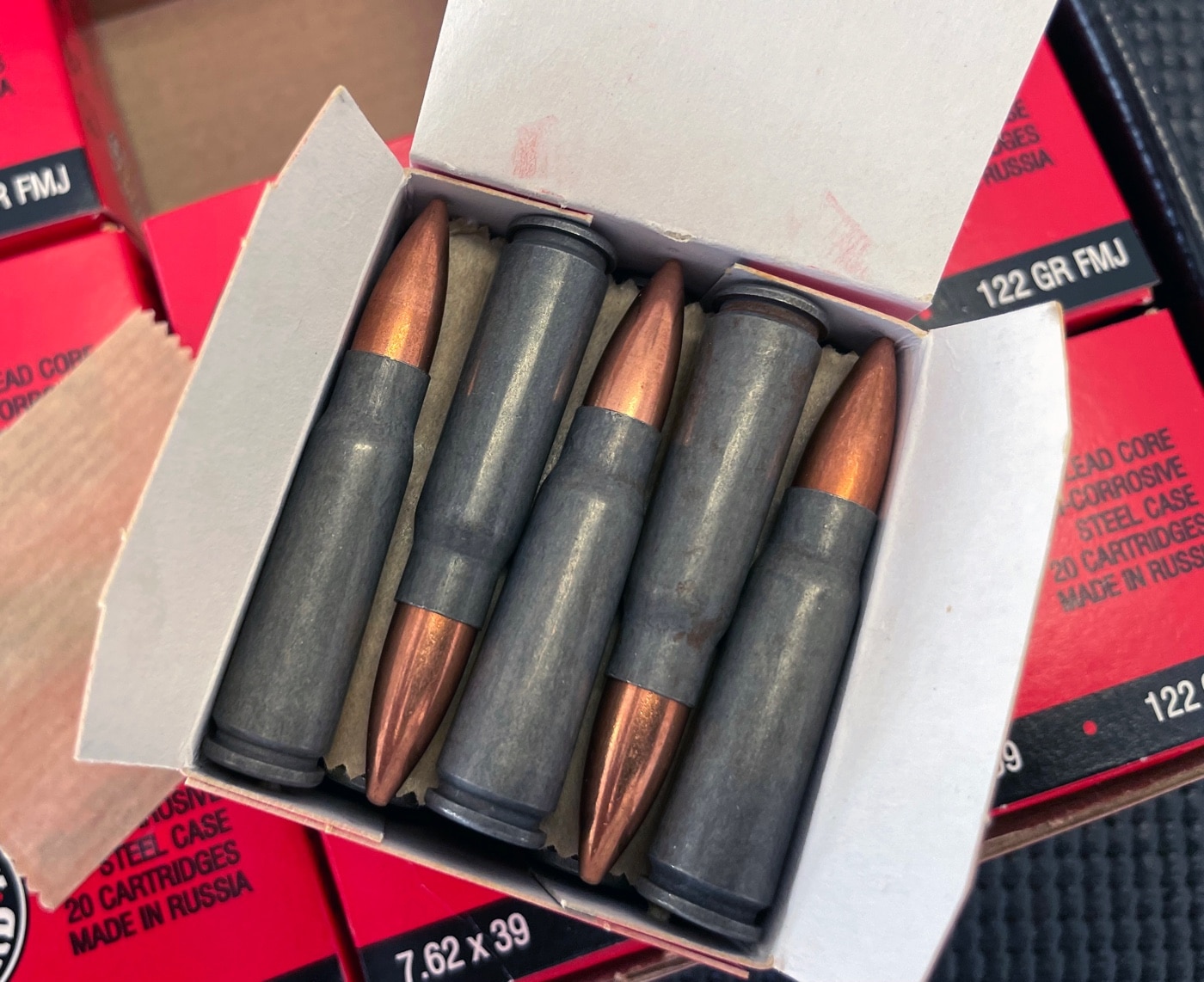
In my mind, ball ammo is best used for target shooting and training. For everyday carry, hollow point ammunition is usually a better choice. While ball ammo evolved with military calibers, ball ammo can be found across the spectrum of all pistol and rifle calibers with ammunition. In general, if the cartridge is loaded with a solid bullet, it could be considered “ball ammo”. You will most likely see FMJ printed on the box.
Conclusion
The world of shooting has a lot of confusing and seemingly contradictory terms. I have no doubt it can be overwhelming and confusing for new shooters, and even a bit misleading sometimes for seasoned shooters.
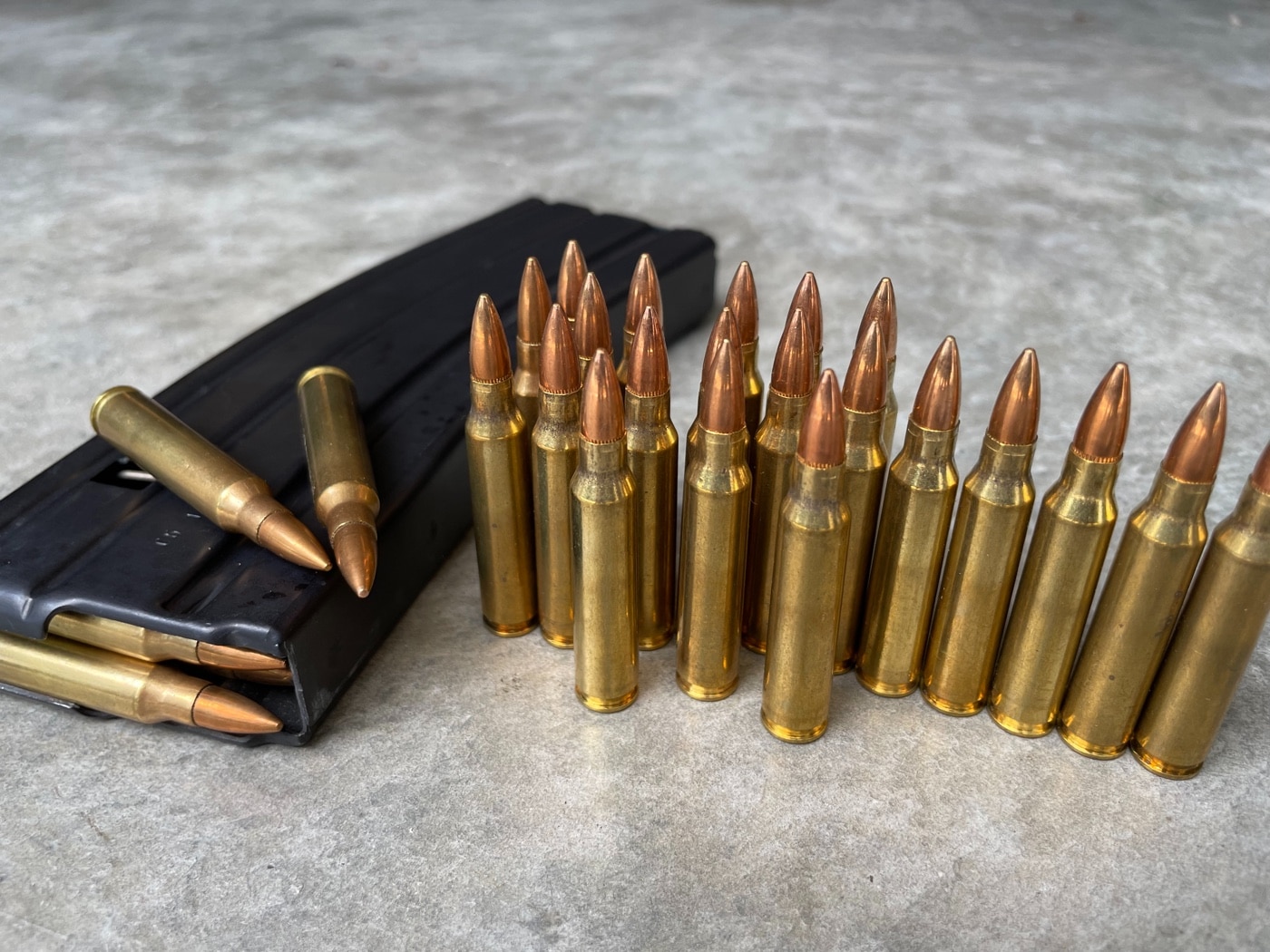
While modern “ball” ammo may be a dated concept that could be replaced with the term FMJ, the bullets are virtually the same. Just look at it this way — if you are jamming a lead projectile down the muzzle of your flintlock rifle, that is something you could accurately call a “ball” since it’s precisely that — a round ball of lead. If you are stuffing rounds into the magazine of your pistol or rifle and they have a jacketed solid bullet, you can call it “FMJ.” Whatever you want to call the ammo you have in front of you, just remember they are solid core bullets and likely well-suited for training and practice.
Editor’s Note: Please be sure to check out The Armory Life Forum, where you can comment about our daily articles, as well as just talk guns and gear. Click the “Go To Forum Thread” link below to jump in and discuss this article and much more!
Join the Discussion
Continue Reading
Did you enjoy this article?

 460
460






